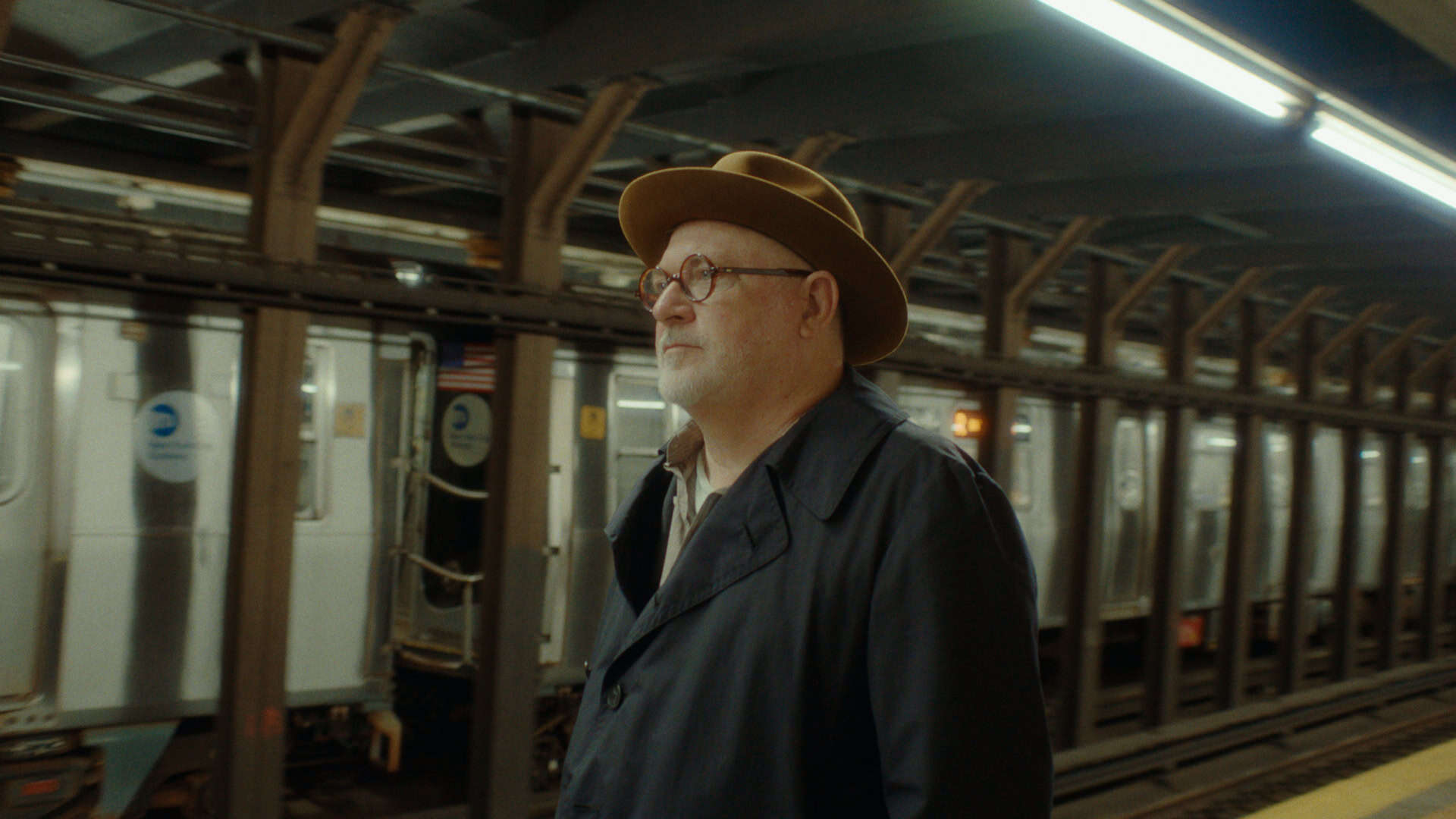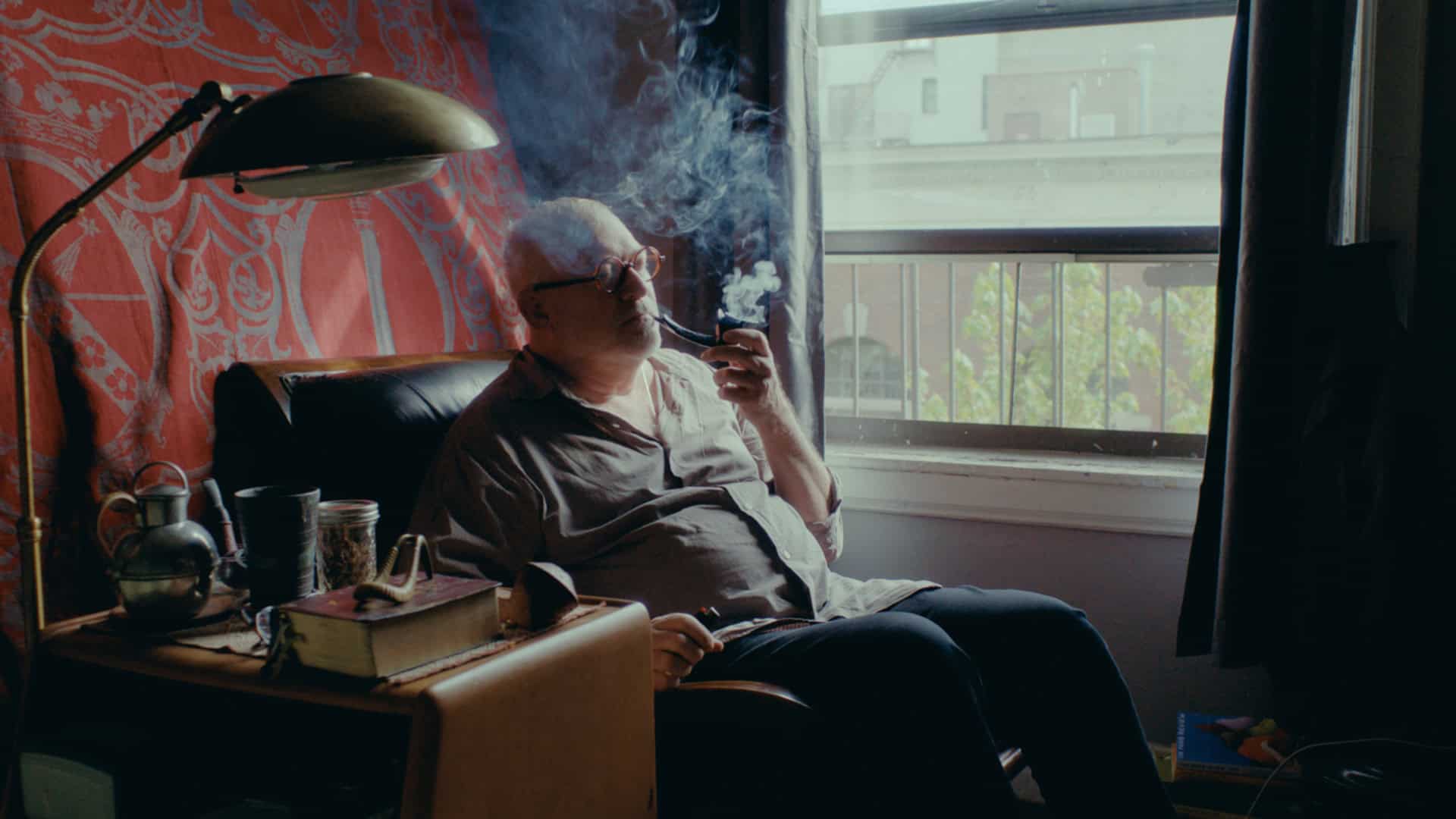As religious affiliation declines, can art provide fresh ways of exploring the questions posed by theology? Might art––creation as well as reception––lead to the discovery of new spiritual information?
What do faith traditions lose when they overemphasize the written word and neglect the role of images?
Historically, faith traditions have focused on both the written word and images as sources of knowledge and meaning. Some would claim that words have taken undue precedence as theologies have developed, while images seem to have been left behind. Has this shift in focus left us wanting?
Art and theology have more in common than is seen at first glance. As the philosopher of religion George Pattison has argued, “theology can learn from the particularity, the integrity, the will to wholeness and the pluralism of art.” Both theology and art can help us find new ways to engage with faith and discover reality, seen as well as unseen.

Enter Alfonse Borysewicz, a Brooklyn-based painter who bridges the gap. With degrees in both theology and art, Borysewicz has received two fellowships from the Pollock-Krasner Foundation and a Guggenheim Fellowship. Of Borysewicz, the former editor of Artforum Joseph Masheck writes: “Borysewicz has always struck me as the contemporary painter best attuned to the Byzantine, and then Orthodox, icon as a highly abstract image capable of tendering a spiritual, even devotional, stance”, and Gregory Wolfe, former editor of Image, calls Borysewicz “one of the most important religious artists since Rouault”.
With one foot planted firmly in the world of art and the other just as firmly in the world of theology, Borysewicz straddles the divide, and believes that artists and theologians should be working together.

Both theology and art have a way of humbling us. They quickly dismantle our pretensions, requiring us to set aside our assumptions and often unlearn what we thought we knew. They embrace paradox, inviting us to hold seemingly contradictory ideas together, drawing out the tension that inevitably comes from the complexity of life.

Art and theology also encourage us to participate in community Each get at the heart of individual experience, and then push us right back into inhabiting the communities in which we find ourselves.
In an effort to gather up Borysewicz’s experience in the worlds of art and theology, TRT has funded BBH Literary––established in 2021 for the purpose of helping authors and publishers connect with each other and the wider world of readers––to assist Borysewicz as he writes a book about an artist seeking understanding. Inspired by practice-based research, he is reflecting on more than 40 years of artistic practice and experience in the New York art world.

As Nelson Goodman put it in Ways of Worldmaking (1978), “the arts must be taken no less seriously than the sciences as modes of discovery, creation, and enlargement of knowledge in the broad sense of advancement of the understanding.” Through his reflections on art practice, Borysewicz is helping us to see how creativity and art-making can lead not only to understanding writ large, but to spiritual understanding in particular.
Learn more at alfonseborysewicz.com

